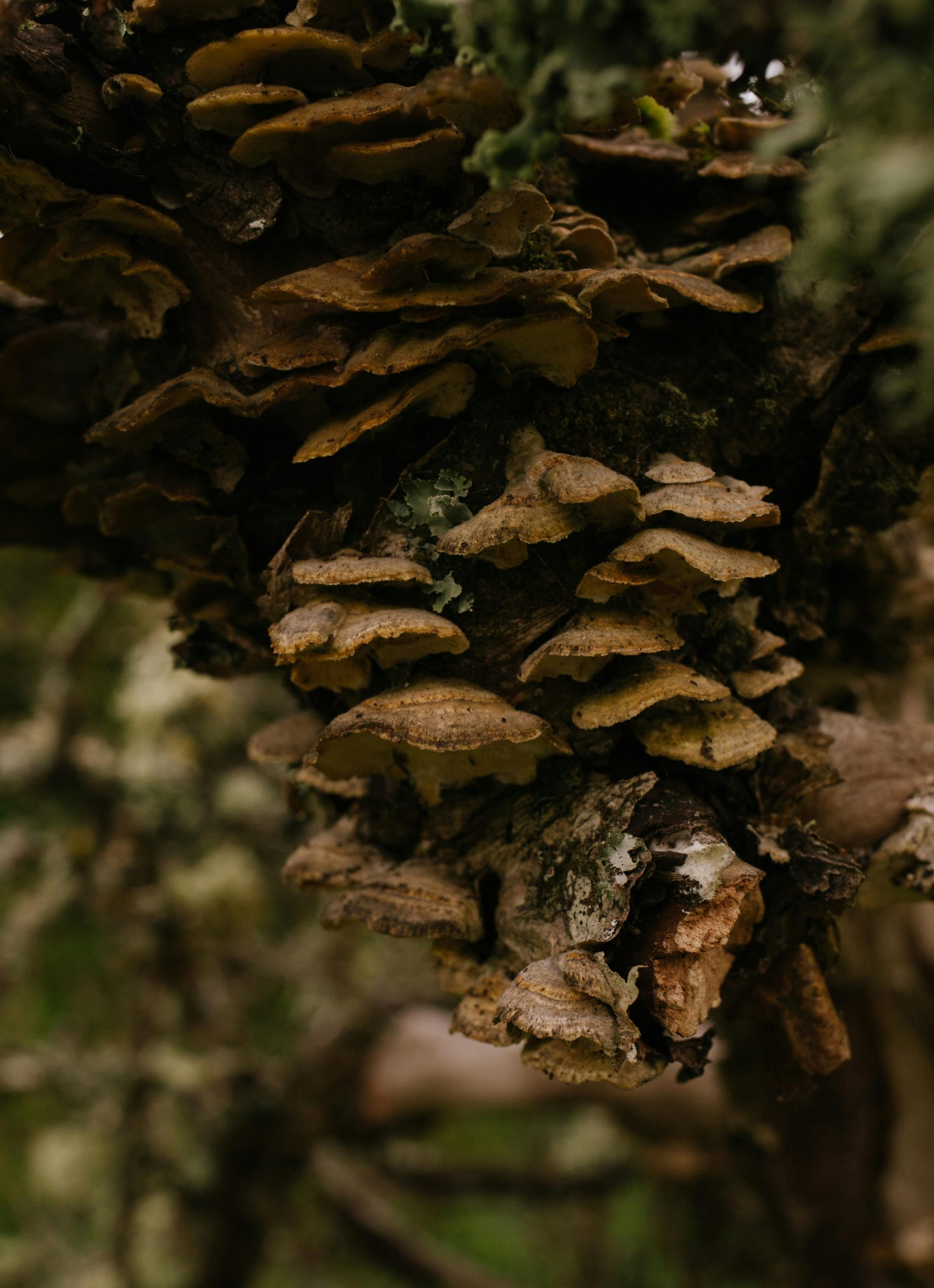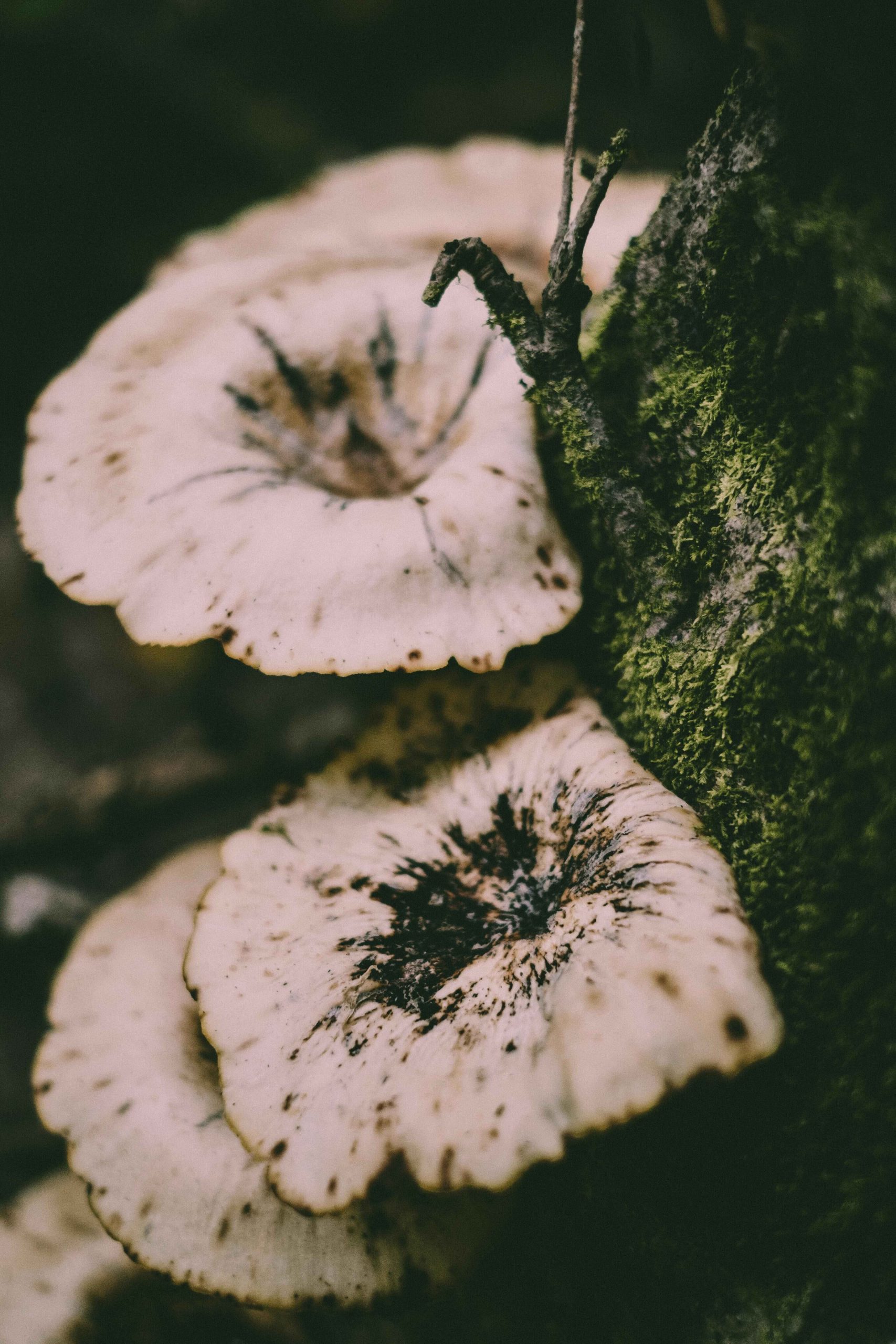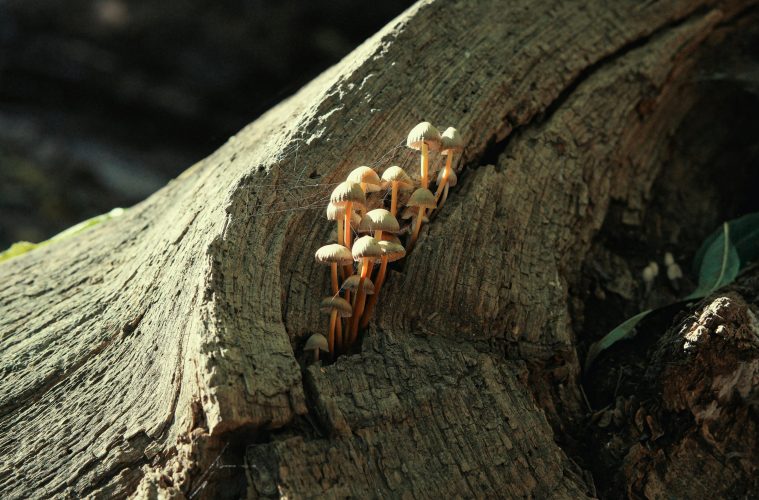Mycorrhizal fungi are ubiquitous in garden soils. They often come in long, thread-like filaments, entangling your flowers and vegetable roots. You may mistake them for plant roots. Here is a more detailed understanding of the use and benefits of these fungi.
What are mycorrhizal fungi?
Mycorrhizal fungi are a type of fungus that live in a symbiotic relationship near the roots of plants, benefiting both parties. This connection is a mutualistic association, meaning they both benefit from the interaction. The fungi can spread underground by sending out a network of long, fine white filaments known as hyphae throughout the soil.
Mycorrhizal fungi attach to the roots of plants and trees, extending their root systems and aiding in nutrient absorption. In exchange, these plants provide the fungi with energy-rich carbon compounds, such as sugars produced during photosynthesis.

Image Credit: Pexels
How do mycorrhizal fungi benefit your plants?
The fungi play a crucial role in the growth and health of plants, providing numerous benefits. These include:
1. Improved nutrient uptake
The main benefit mycorrhizal fungi provide for your plants is access to large amounts of water, and certain essential nutrients, such as nitrogen, phosphorus, manganese and copper from the soil. The mycorrhizal hyphae will attach to roots, extending the root system and increasing the root surface area that the roots can absorb water and nutrients from the soil.
2. They improved your soil structure
To understand how certain factors improve soil structure and why this is important, it’s essential to grasp the concept of soil aggregation and its significance for plant health. Soils consist of particles of varying sizes and proportions that are bound together by organic matter, forming the overall mass of soil. Mycorrhizal fungi play a role in enhancing soil aggregation, which ultimately benefits your plants.
3. Enhance plant growth
Mycorrhizal fungi offer several benefits for your plants. They can help provide additional nutrients, reduce stress from extreme environmental conditions, improve water access, enhance soil structure for optimal growth and development, and protect against harmful pathogens. All these advantages contribute to your plants growing larger and healthier.

Image Credit: Pexels
ALSO SEE: THE DO’S AND DO N’TS OF GROWING EDIBLE PLANTS INDOORS
Feature Image: Pexels

